Are Carnations Wildflowers: What You Need to Know About Wild and Cultivated Carnations
No, carnations are typically not wildflowers; however, some grow in the wild. These wild carnations can grow in various habitats, including rocky slopes, meadows, and woodland areas.
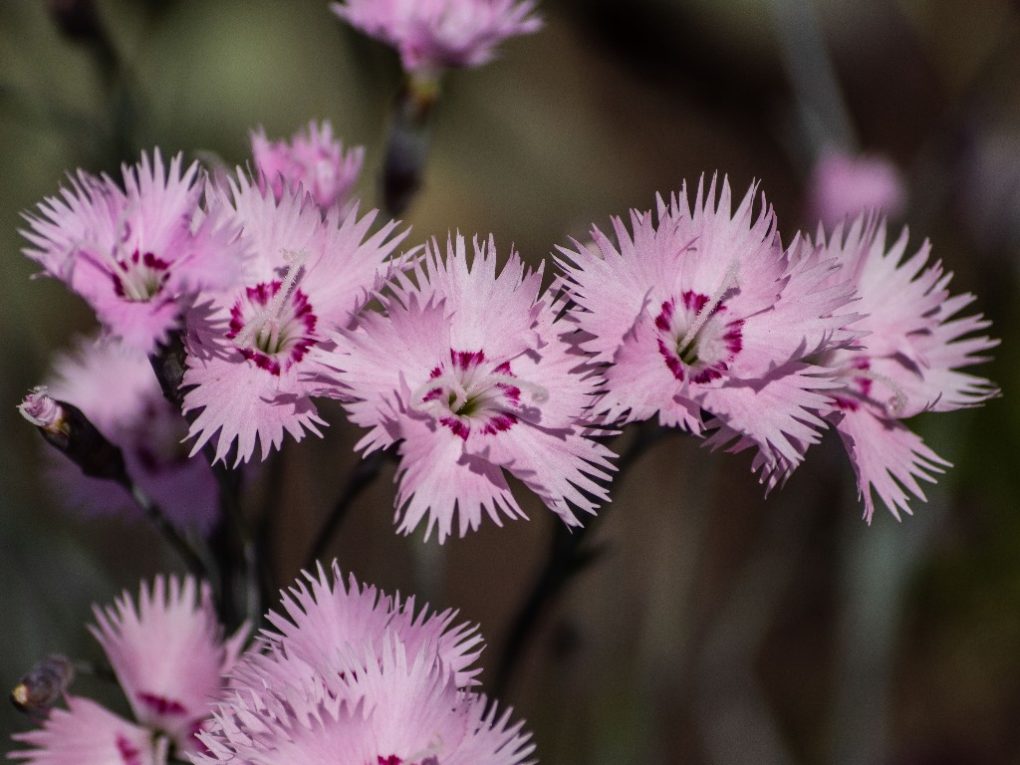
Notably, carnations commonly sold in florist shops and nurseries are typically hybrid cultivars bred for certain traits, such as larger blooms or longer vase life. These cultivated carnations are not considered wildflowers, as they are not growing in the wild.
Carnations are popular flowers in bouquets, corsages, and other floral arrangements, known for their sweet fragrance and vibrant colors, making them a favorite among gardeners and florists.
Table of Contents
Wild Carnations
Wild carnations, also known as Dianthus caryophyllus, are flowering plants belonging to Caryophyllaceae. They are native to the Mediterranean region of Europe and Asia but have been widely cultivated and naturalized worldwide.
Wild carnations are herbaceous perennials that can grow up to 18 inches tall, although some varieties may only reach shorter heights. They have narrow, grayish-green leaves often covered in a waxy coating, which helps them retain moisture.
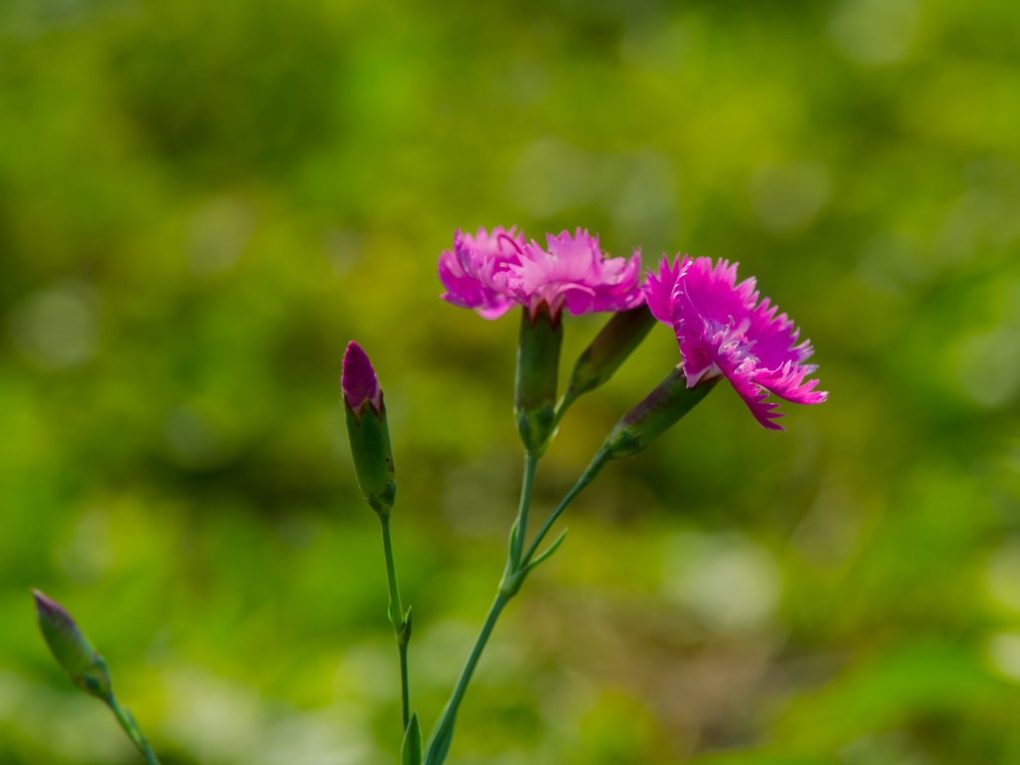
The flowers of wild carnations are perhaps their most distinctive feature. They are typically 3 to 5 cm in diameter and come in various colors, including shades of pink, red, white, yellow, and purple. The petals are often frilly or ruffled and form a star-like shape that gives the flowers a unique and striking appearance.
In addition to their beauty, wild carnations are also prized for their fragrance. They have a sweet, spicy scent often used in perfumes and other fragrances. Some varieties of wild carnations are also edible and can be used to flavor foods and beverages. Wild carnations prefer full sun and well-draining soil and are relatively easy to grow.
Carnations As Cultivated Flowers
History of Carnations
The history of carnations can be traced back to ancient Greece and Rome. The Greeks and Romans used carnations in their garlands and wreaths, and they also used them for medicinal purposes. In the Middle Ages, carnations were grown in monasteries and used for medicinal purposes.
In the Victorian age, carnations became popular in France and England, used in gardens and as cut flowers. Carnations were eventually brought to the Netherlands, where they were extensively cultivated.
The Dutch developed new varieties of carnations and became the leading producers of carnations in Europe. Today, carnations are grown all over the world. They are cultivated for their beauty and fragrance and used in various ways, from floral arrangements to perfumes.
Types of Cultivated Carnations
There are three main types of cultivated carnations: standard carnations, spray carnations, and dwarf carnations. Standard carnations are the most common, with a single large flower on a long stem.
Spray carnations have multiple smaller flowers on a single stem, often used in floral arrangements. Dwarf carnations are smaller and more compact than standard carnations, and they are often used in pots or as border plants.
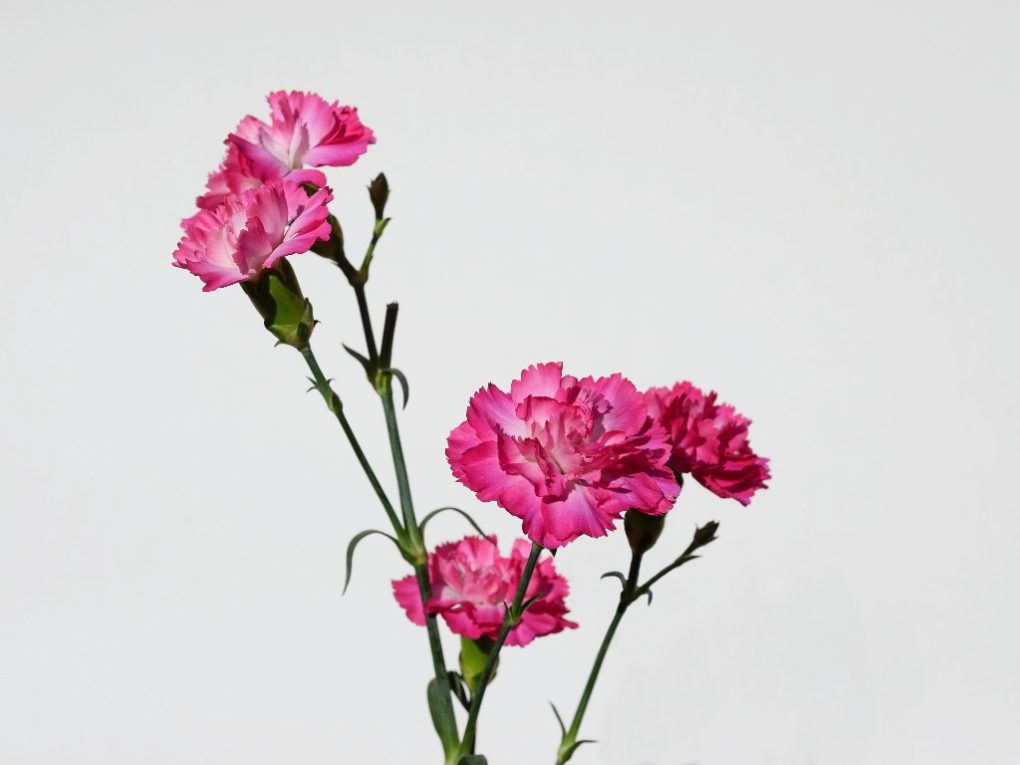
Carnations come in various colors, including red, pink, white, yellow, and purple. They are also available in bi-color and tri-color varieties. Some carnations have a spicy fragrance, while others are fragrance-free.
The shape of their petals also classifies carnations. Some carnations have fringed petals, while others have ruffled or smooth petals. The following table summarizes the different types of carnations:
| Type of Carnation | Description |
| Standard Carnation | Single large flower on a long stem |
| Spray Carnation | Multiple smaller flowers on a single stem |
| Dwarf Carnation | Smaller and more compact than standard carnations |
| Fringed Carnation | Petals have a fringed edge |
| Ruffled Carnation | Petals have a ruffled edge |
| Smooth Carnation | Petals have a smooth edge |
Uses of Carnations Today
Ornament
As mentioned, carnations are a popular choice for ornamental purposes, as they are long-lasting and come in various colors, sizes, and shapes. Carnations are often used in floral arrangements as standalone flowers and as part of mixed bouquets and can be arranged in many ways, from simple, elegant, bold, and colorful.
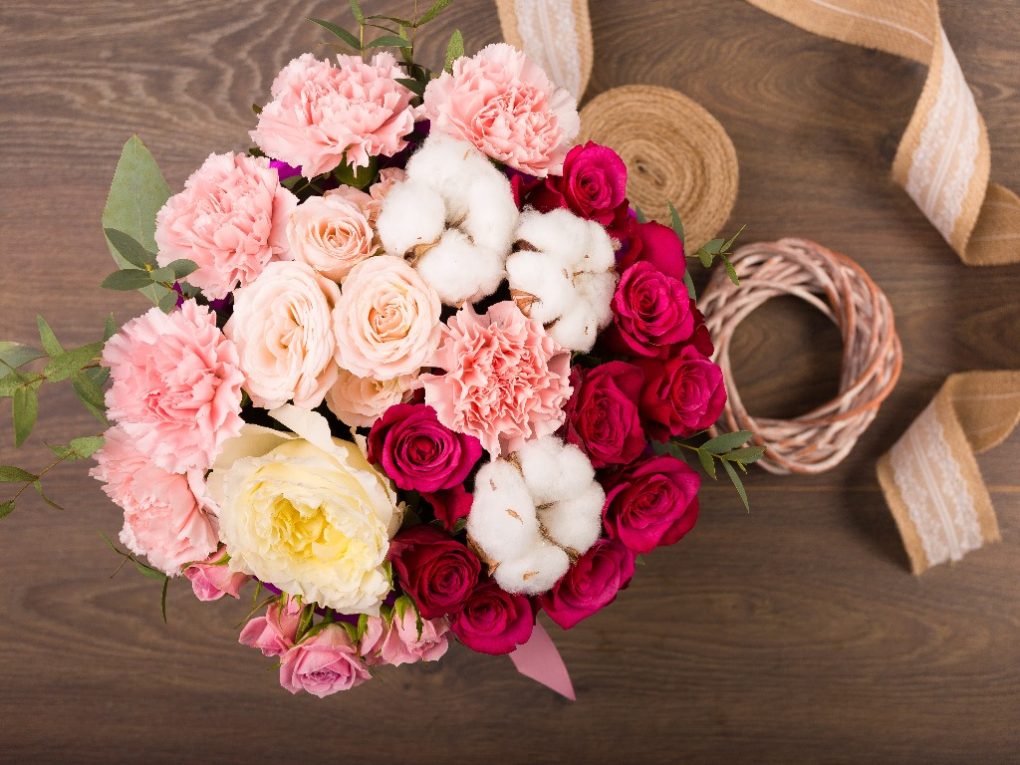
Carnations are a popular choice for corsages and boutonnieres, as they are relatively inexpensive and can be easily dyed to match the color scheme of a wedding or other event. Carnations can create beautiful and eye-catching centerpieces for weddings, parties, and other events.
They can be used to create wreaths for various occasions, such as holidays, funerals, or weddings. They can be arranged in different patterns and colors and combined with other flowers, foliage, or ribbons.
Carnations can also add a touch of color and beauty to the home. They can be displayed in vases, jars, or other decorative containers to decorate tables, mantels, or other surfaces.
Fragrance
Carnations are widely used in perfumes, soaps, and other beauty products. The sweet, spicy scent of carnations is pleasant and long-lasting, making it a popular choice for various applications.
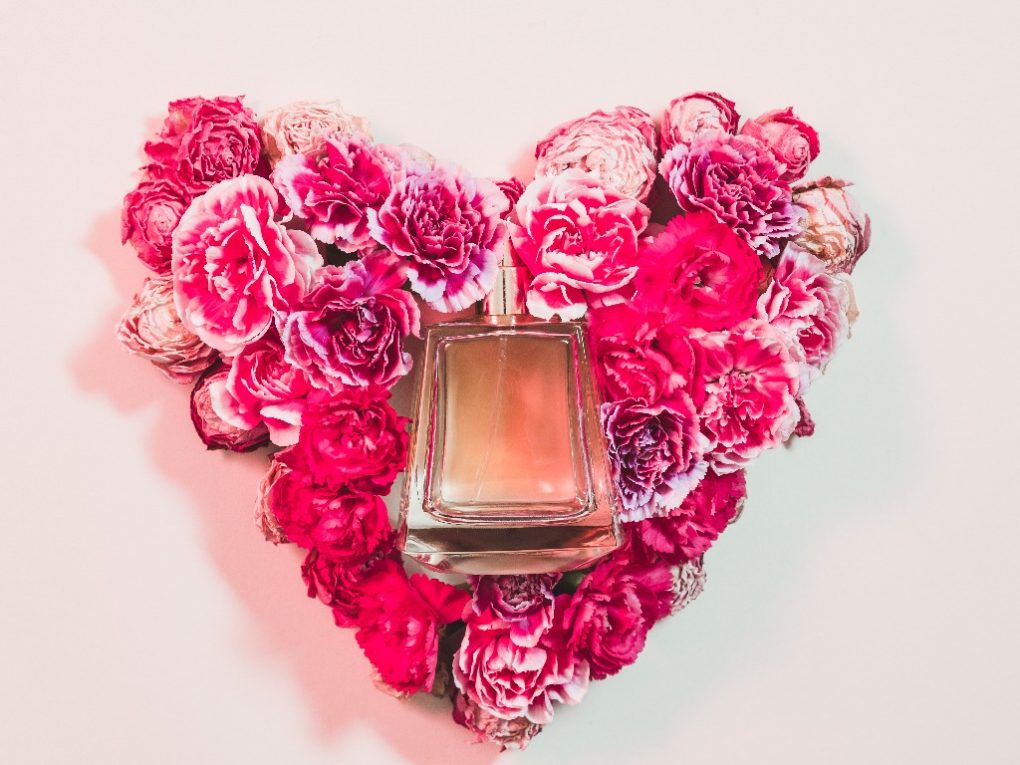
The oil or extract from carnations is a common ingredient in many perfumes. It adds a sweet, spicy, floral note to fragrances and can be combined with other scents to create complex and interesting blends. It is also used as a fragrance in soaps and body washes, adding a pleasant scent to the product and a calming and soothing effect on the skin.
Carnation oil is often used in aromatherapy for its calming and soothing properties. I usually diffuse this oil in a room to create a relaxing atmosphere or apply it topically to promote relaxation and relieve stress. Carnation-scented candles are popular for their sweet and spicy fragrance.
Culinary
The petals of some varieties of carnations are edible and can be used in cooking and baking; and have a slightly sweet and spicy flavor and are often used to decorate desserts, salads, and cocktails.
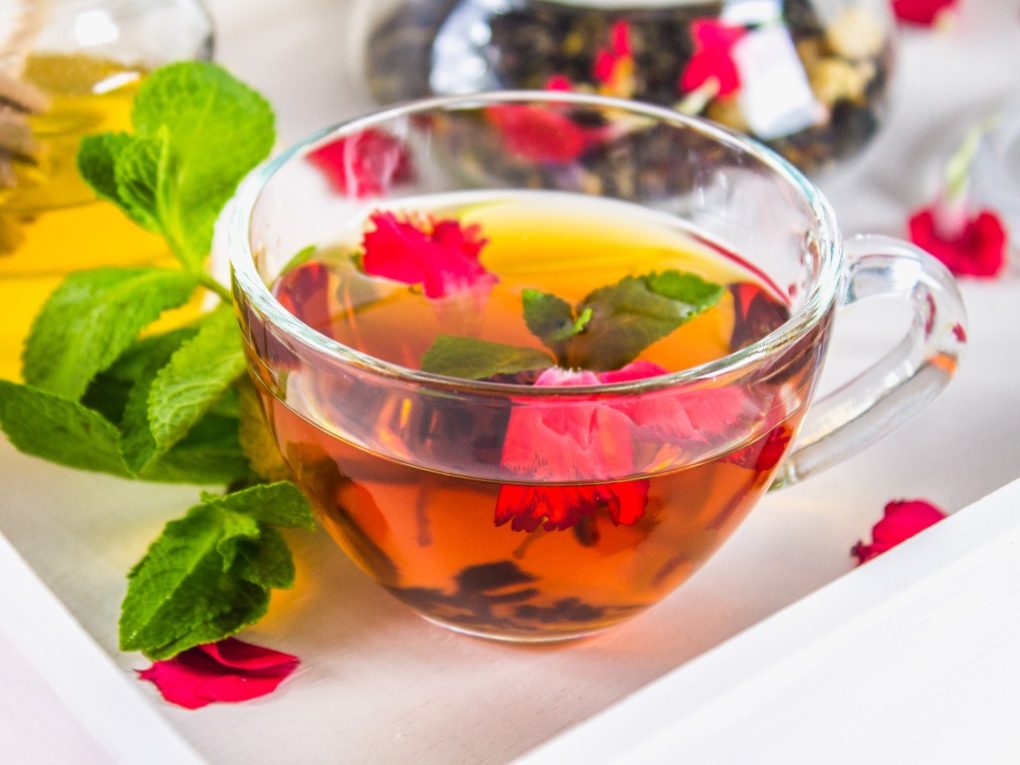
Carnation petals can be used to make syrups and sauces that can be used in various dishes, including cakes, ice creams, and cocktails. The syrup can also be used to flavor teas or coffees. Carnation petals can be candied by dipping them in sugar syrup and then drying them.
They can be used as a garnish for cakes and pastries or as a sweet snack. Also, carnations can be used to flavor a variety of beverages, including teas, punches, and cocktails, and can be used as a garnish or added to the drink for a sweet and spicy flavor.
